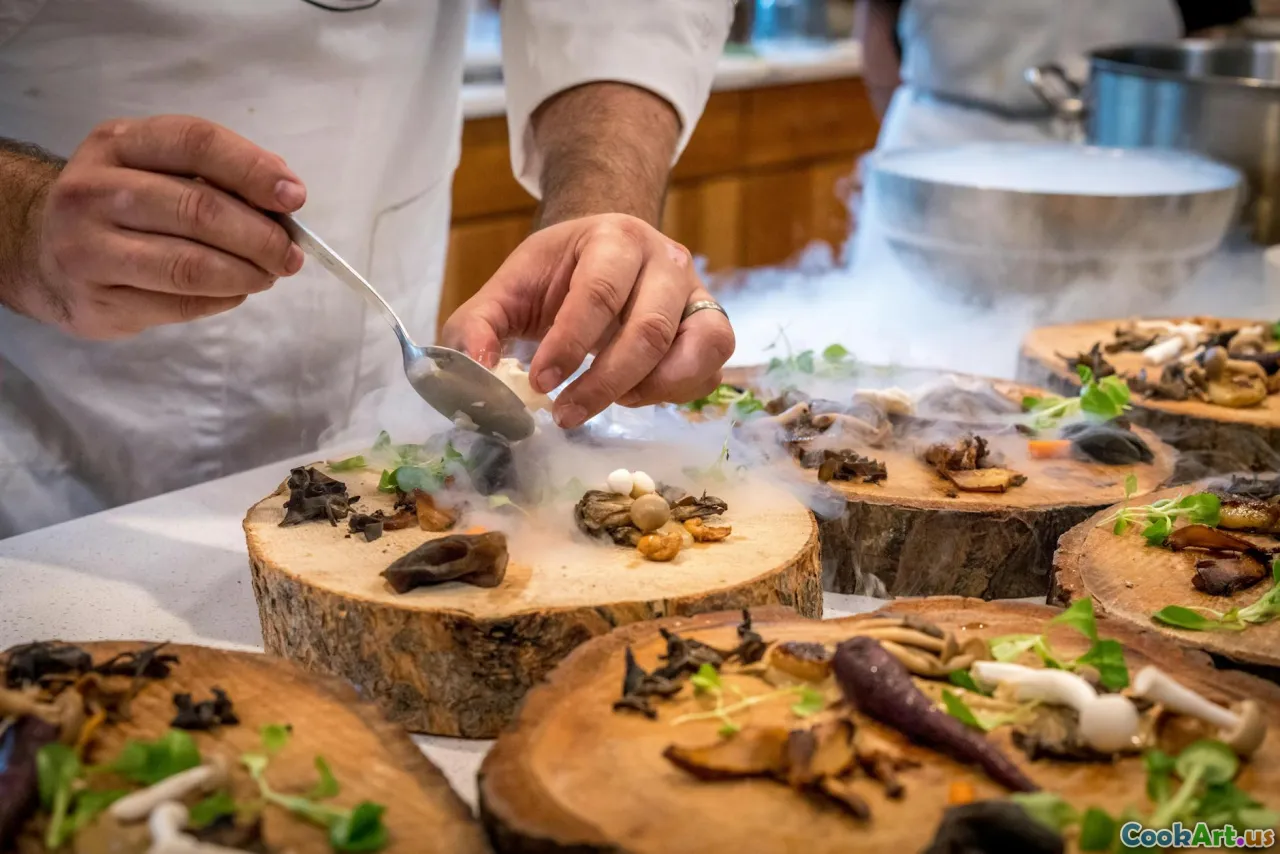Prevent Vegetables from Losing Color While Cooking
7 min read Discover expert tips to keep your vegetables vibrant and colorful during cooking, enhancing both visual appeal and flavor in your dishes. May 09, 2025 06:00
Prevent Vegetables from Losing Color While Cooking
Imagine biting into a freshly cooked dish—vivid greens, fiery reds, bright yellows—each vegetable bursting with its natural hue. The visual appeal of well-cooked vegetables not only stimulates the appetite but also reflects the freshness and quality of your ingredients. Yet, many home cooks and professional chefs face the frustrating challenge: how to preserve that brilliant color during cooking?
In this comprehensive guide, we’ll explore the fascinating science behind vegetable color retention, share practical techniques rooted in culinary tradition, and offer personal insights to help you elevate your cooking. Whether you're preparing a delicate sauté, a vibrant stir-fry, or a hearty stew, understanding how to lock in those stunning colors will transform your dishes from good to spectacular.
The Science of Vegetable Color
Vegetable colors primarily come from natural pigments—chlorophyll (green), carotenoids (orange and yellow), and anthocyanins (red, purple). These pigments are not just decorative; they play essential roles in plant biology and have health benefits. Chlorophyll, responsible for the lush green, is sensitive to heat, acids, and alkaline conditions. When exposed to high temperatures or acidic environments, chlorophyll can change into dull, olive-brown compounds called pheophytins.Carotenoidsare relatively stable but can degrade with prolonged heat or exposure to oxygen, causing color fading.Anthocyanins are highly sensitive to pH changes, turning red in acidic conditions and blue or purple in alkaline environments.
Understanding these chemical behaviors is crucial for maintaining vibrant colors during cooking.
Historical and Cultural Perspectives
Throughout history, cultures worldwide have developed culinary techniques to preserve the natural beauty of vegetables. In East Asian cuisines, stir-frying with high heat and minimal water helps retain color and texture, while in Mediterranean traditions, blanching and shocking vegetables in ice water preserve their vividness.
For example, Chinese chefs often blanch leafy greens briefly before stir-frying, a technique that locks in color and nutrients. Similarly, French cooks employ blanching and shocking to prepare vegetables for salads or garnishes, showcasing their vibrant hues.
Such methods not only serve aesthetic purposes but also enhance flavor and nutritional value, reflecting a deep respect for ingredient integrity.
Practical Techniques to Preserve Color
1. Blanch and Shock
**Technique:**Briefly boil vegetables in salted water, then immediately immerse them in ice water.**Why it works:**Rapid cooling halts cooking instantly, locking in color, texture, and nutrients.**Best for:**Green beans, broccoli, spinach, and other leafy greens.Tip: Use a large pot of boiling water and a spacious ice bath to ensure quick temperature change.
2. Use Acidic or Alkaline Agents Judiciously
**Acid:**Adding a splash of vinegar or lemon juice can help stabilize red and purple hues, especially for berries and red cabbage.**Alkali:**A pinch of baking soda can brighten greens but must be used sparingly—excess alkali can turn vegetables dull or slimy.Caution: Balance is key; too much acid or base can alter flavor and texture.
3. Cook with Minimal Water
**Technique:**Steaming or stir-frying retains more color than boiling because less pigment leaches into water.Tip: Use a tight-fitting lid for steaming to trap heat and moisture.
4. Cook at the Right Temperature
**Avoid:**Overcooking, which breaks down cell walls and releases pigments.Aim for: Short cooking times with high heat or gentle simmering.
5. Use Fresh, Quality Ingredients
**Why:**Fresher vegetables contain more intact pigments, making color preservation easier.Tip: Purchase seasonal produce and store properly.
6. Incorporate Color-Preserving Ingredients
Example: Adding a small amount of lemon juice when sautéing greens can enhance color.
Personal Insights and Tips
From my years in the kitchen, I’ve learned that the secret to vibrant vegetables isn’t just about following rules but also about respecting the ingredient’s natural character.
One of my favorite tricks is to prepare vegetables in stages—blanching first to set the color, then finishing with a quick sauté to add flavor. This layered approach ensures each vegetable retains its visual appeal.
I recall a summer picnic where I prepared a vibrant beet salad. To keep the deep magenta hue, I used a gentle vinegar marinade and avoided overcooking. The result was a dish that not only tasted earthy and sweet but also looked like a jewel on the plate.
In my experience, the sensory experience of a colorful dish—its visual vibrancy combined with fresh aroma and crisp texture—can elevate a simple meal into an unforgettable culinary moment.
Final Thoughts
Preserving the color of vegetables while cooking is both an art and a science. It requires understanding the nature of pigments, employing precise techniques, and respecting the freshness of your ingredients. The payoff? Dishes that are as stunning to look at as they are delightful to taste.
Next time you prepare vegetables, think of it as painting with nature’s palette. Use these tips to make your culinary creations not just nourishing but also a feast for the eyes. After all, beautiful food is the first step toward a memorable dining experience.
Happy cooking, and may your vegetables stay vibrant and lively, just as nature intended!









